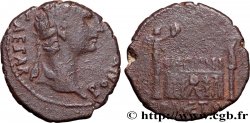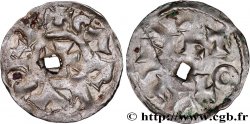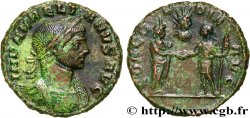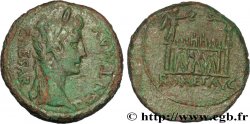Live auction - brm_931601 - LUGDUNUM - LYON - AUGUSTUS As à l'autel de Lyon
You must signin and be an approved bidder to bid, LOGIN TO BID. Accounts are subject to approval and the approval process takes place within 48 hours. Do not wait until the day a sale closes to register. Clicking on "BID" constitutes acceptance of the terms of use of cgb.fr private live auctions.
Bids must be placed in whole Euro amounts only. The sale will start closing at the time stated on the item description; any bids received at the site after the closing time will not be executed. Transmission times may vary and bids could be rejected if you wait until the last second. For further information check the Live auction FAQ
All winning bids are subject to a 18% buyer’s fee.
All winning bids are subject to a 18% buyer’s fee.
| Estimate : | 150 € |
| Price : | 97 € |
| Maximum bid : | 110 € |
| End of the sale : | 09 July 2024 14:43:33 |
| bidders : | 4 bidders |
Type : As à l'autel de Lyon
Date: c. 7-3 AC.
Mint name / Town : Lyon
Metal : copper
Diameter : 26 mm
Orientation dies : 11 h.
Weight : 10,58 g.
Officine: 1re
Coments on the condition:
Jolie monnaie frappé sur un flan décentré au revers. De beaux reliefs malgré l’usure. Patine verte
Catalogue references :
LT.- - BN.4703 - C.240 (2f.) - RIC.230 - RPC.- - Giard/L1.73 /16 - BN/R.1479 - RCV.1690 (480$) - MRK.2 /103
Obverse
Obverse legend : CAESAR - PONT MAX.
Obverse description : Tête laurée d’Auguste à droite (O*).
Obverse translation : “Cæsar Pontifex Maximus”, (César grand pontife).
Reverse
Reverse legend : ROM ET AVG.
Reverse description : Autel de Lyon.
Reverse translation : “Romæ et Augusti”, (À Rome et Auguste).








 Report a mistake
Report a mistake Print the page
Print the page Share my selection
Share my selection Ask a question
Ask a question Consign / sell
Consign / sell
 Full data
Full data















